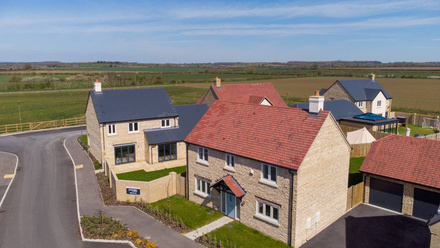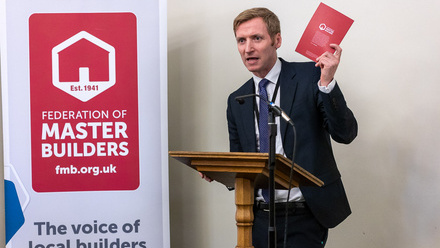The Building Safety Act (BSA) came into force on 28 April 2022, with wide-reaching implications for all of the building trade, from Tier 1 companies working on multi-million-pound construction projects, to small businesses trading in repair, maintenance and improvement (RMI) work. We’re taking a look at some of the key events that led up to the introduction of the BSA, and some of the significant changes this has brought about.
Timeline of the Building Safety Act 2022
Full use permitted with credit to the Federation of Master Builders and link to www.fmb.org.uk.

- 14 June 2017: Grenfell Tower tragedy claims 72 lives.
In its wake there is serious concern about building safety and the use of aluminium composite panels (ACM) with a combustible polyurethane (PE) core. - September 2017: Hackitt report is commissioned.
Dame Judith Hackitt leads the independent Review of Building Regulations and Fire Safety. Its findings and recommendations were published in May 2018. - July 2020: Draft Building Safety Bill is published.
The draft bill proposed improvements to health and safety in the design and construction of all buildings, and in particular, high-rise dwellings. - 28 April 2022: The Building Safety Act gains royal assent, becoming law.
It introduces new regulations for buildings with at least two dwellings that are over 11 metres tall or five stories, with tighter rules for ‘Higher Risk Buildings’’ over 18 metres or 7 storeys. The law applies in England, with some implications for Wales and Scotland. - June 2022: The Defective Premises Act 1972 is amended.
Builders can be held responsible for defects in dwellings up to 30 years after construction (includes new builds, extensions, and conversions). - June 2022: Government help for leaseholders of cladded buildings.
The Department for Levelling Up, Housing and Communities (DLUHC) issues guidance and protections for leaseholders in buildings over 11m or five storeys’ height to help fix historic defects including cladding. - July 2022: A new Building Safety Regulator (BSR).
The regulator is formed by the Health & Safety Executive. - January 2023: Fire safety is tightened.
The Fire Safety (England) Regulations 2022 is implemented, stating what information Responsible Persons should provide to fire and rescue services. - April 2023: Higher Risk Buildings (HRBs) Registration starts.
Under the Act, HRBs of at least 18 metres height or 7 storeys and containing 2 residential units must register with the Building Safety Regulator. (Not applicable to hospitals, care homes, hotels, prisons or military buildings.) - April 2023: Launch of the Building Advisory Committee.
Its purpose is to provide inform and advise the Building Safety Regulator to drive change. - April 2023: New Industry Competence Committee formed.
Sitting within the Building Safety Regulator, it provides guidance with the aim of improving competence in construction. - April 2023: Building control operational standards rules (OSRs) implemented.
Setting out the need to train and approve new registered building inspectors, overseen by the Building Safety Regulator (BSR). - 30 Sept 2023: Deadline for registering HRBs.
- 01 October 2023: A raft of new BSA regulations come into force.
- New duty holder roles and responsibilities now apply.
- The Building Safety Regulator becomes the Building Control Authority for Higher Risk Buildings (HRBs) in England, rather than local authorities.
- Registration begins for new Building Inspectors and Building Control Approvers.
- Gateway Two and Three comes into effect for HRBs requiring application for approval to the BSR before work commences, and prior approval on major work. A transition period applied to projects submitted before 1 October 2023 and ‘significantly progressed’ before 6 April 2024.
- Safety documentation for building or maintenance work in HRBs must now be documented in a ’golden thread’ of information.
- Developers to pay a Building Safety Levy. Funds will be used to bear the cost of safety defects like unsafe cladding.
- November 2023: First remediation order issued.
A landlord is ordered to resolve unsafe external cladding under the terms of the Act. - Into 2024: To date, over 4,000 residential buildings 11m or over in height with unsafe cladding are undergoing remediation under the Act, as well as an additional 1,500 with other defects.
Download this infographic and sign up to the FMB industry newsletter





